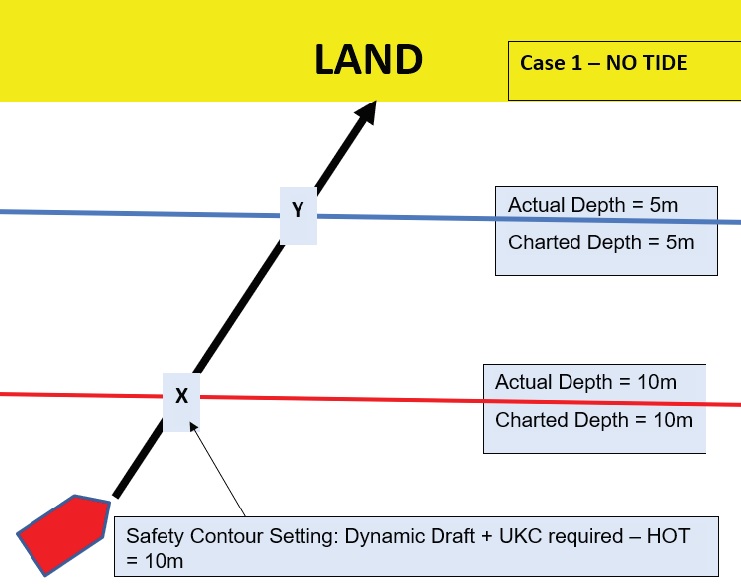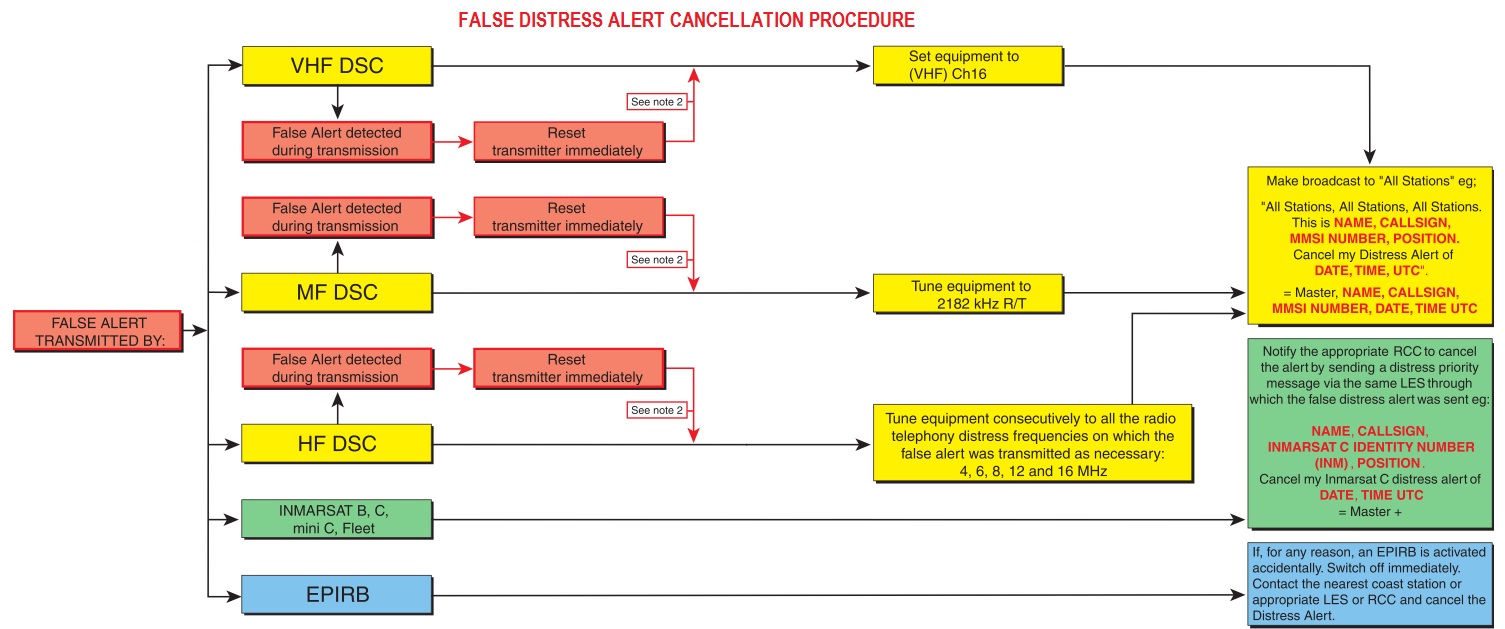COLREG in easy language (Rule 13)
Rule 13 Overtaking (a). Notwithstanding anything contained in the Rules of part B, sections I and II, any vessel overtaking any other shall keep out of the way of the vessel being overtaken. Rule 13: OVERTAKING Rule 13 has no exceptions; the overtaking vessel always









